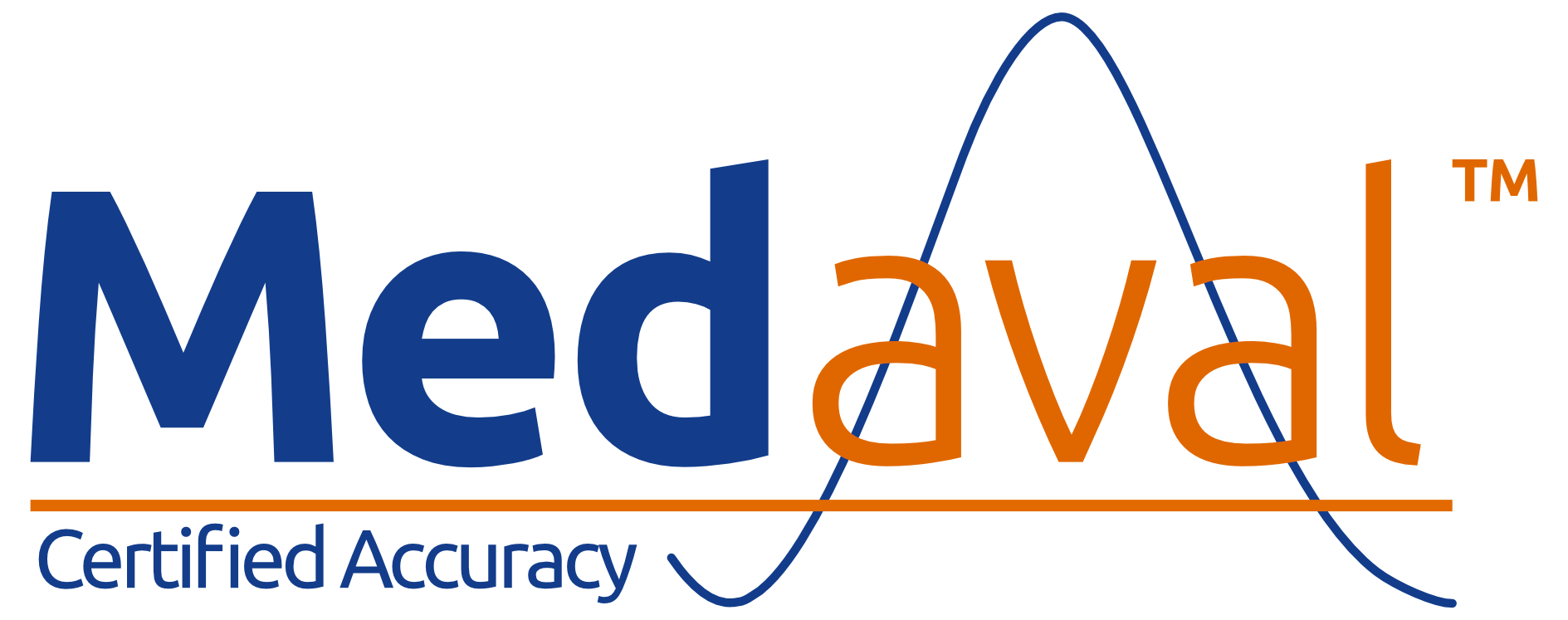Clinical Accuracy of Pulse Oximeters
Introduction
Red blood cells contain a pigment called haemoglobin. This binds to oxygen molecules to bring oxygen from the lungs and it also brings carbon dioxide back to the lungs. Oxygen saturation (SO₂) is simply the percentage of cells with oxygenated haemoglobin. The saturation level of cells in the arteries is an important baseline and this is called arterial oxygen saturation (SaO₂). Pulse oximeters measure peripheral oxygen saturation (SpO₂), which is a good estimate of SaO₂. When a cell in oxygenated, it absorbs more infrared light than red light, giving it a vibrant red colour; the opposite is the case when it is deoxygenated, making it look darker. Pulse oximeters pass both red and infrared light through a finger, toe or earlobe and, by comparing how much of each is absorbed, calculate the percentages of oxygenated and deoxygenated cells. This makes it a very simple, quick and painless test.
Saturation levels of 95% to 100% are considered normal; below that is low and if it drops below 90% the condition is known as hypoxaemia.
On average, just over 6% of the population have low oxygen saturation levels (below 95% )but this rises to almost 20% in those with a BMI of 35 kg/m² or more, and 15.5% in those with COPD. It is higher in men than women and higher in those over 65 than those under 65. [1] Pulse oximetry has become an essential tool in monitoring the well-being of individuals travelling on high altitude expeditions, where changes in oxygen saturation can vary widely depending on the individual and on the duration of acclimatisation. [2]
Development of pulse oximeter validation
ISO protocols for the validation of pulse oximeters have been developed by the ISO since 1992, the most recent of which is ISO 80601-2-61:2011. This standard is required for FDA premarket 510k submissions. [3] However, there is almost a total absence of peer-reviewed publications showing the validity of pulse oximeters.
- Vold ML, Aasebø U, Hjalmarsen A, Melbye H. Predictors of oxygen saturation ≤95% in a cross-sectional population based survey. Respir Med. 2012 Nov;106(11):1551-8. doi: 10.1016/j.rmed.2012.06.016. Epub 2012 Jul 13. PMID: 22795506. Available here.
- Luks AM, Swenson ER. Pulse oximetry at high altitude. High Alt Med Biol. 2011 Summer;12(2):109-19. doi: 10.1089/ham.2011.0013. PMID: 21718156.
- US Department of Health and Human Services, Food and Drug Administration, Center for Devices and Radiological Health, Office of Device Evaluation, Division of Anesthesiology – General Hospital – Infection Control, and Dental Devices. Pulse Oximeters – Premarket Notification Submissions [510(k)s] – Guidance for Industry and Food and Drug Administration Staff. Silver Spring, Maryland, USA: FDA; 2013. Download here.
